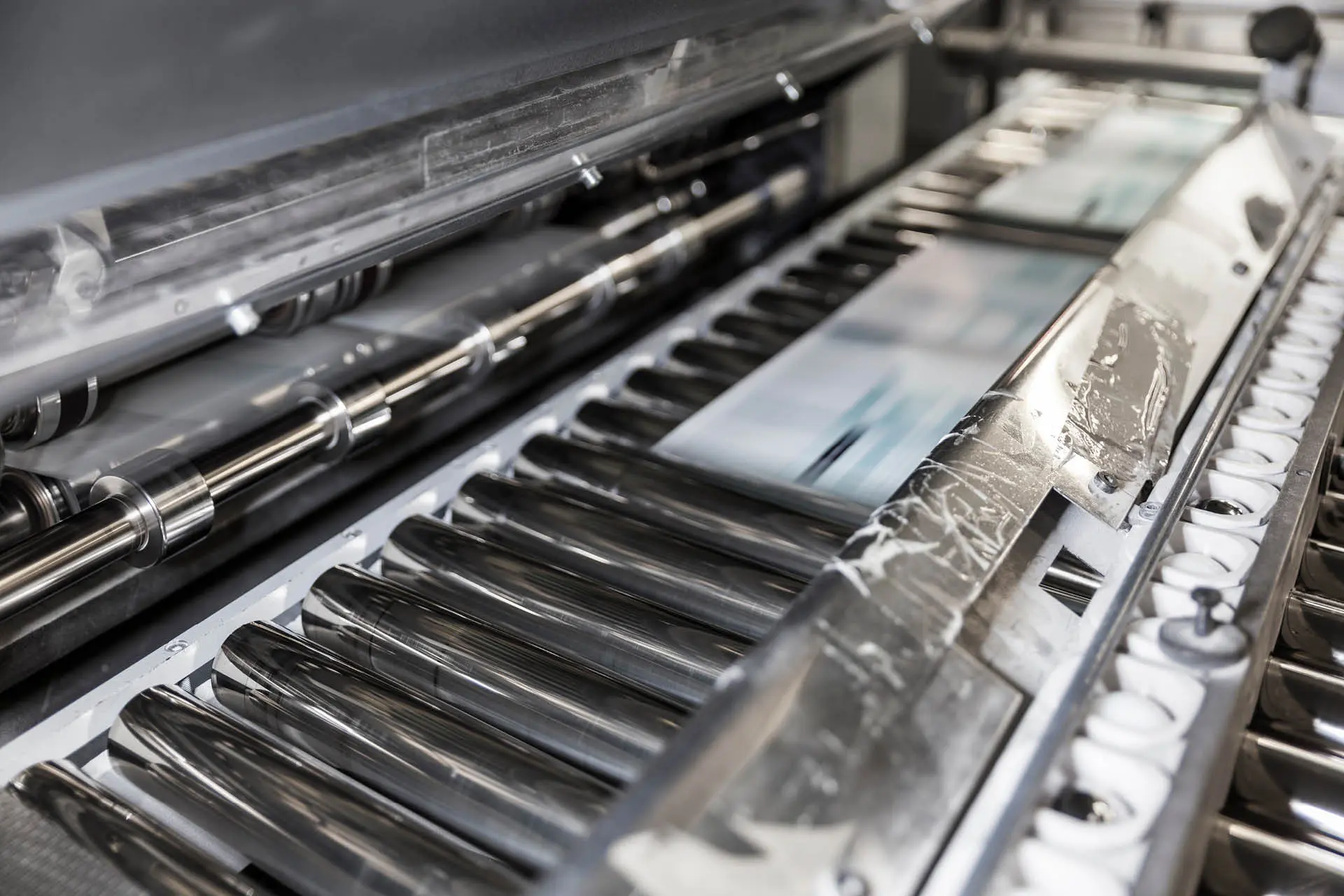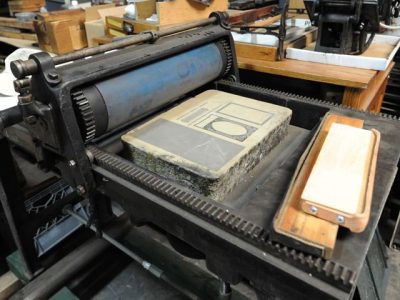A Comprehensive Overview to Recognizing Litho Printing Strategies
The globe of litho printing, a technique originating from the late 18th century, is a remarkable mix of history, science, technology and art. This thorough guide will certainly unwind the intricacies of this printing technique, from the make-up of litho inks to the difficulties encountered in modern-day applications. As we venture right into the ins and outs of lithography, the relevance of automation and sustainability in ensuring its future importance comes to be progressively clear. Stay with us as we journey right into the captivating world of litho printing.
The Historic Advancement of Litho Printing
The historical trajectory of litho printing, a critical advancement in the world of communication, is an exciting story of human resourcefulness. Birthed in the late 18th century by Alois Senefelder, this strategy was initially a cost-effective approach of releasing staged works. Lithography, originated from the Greek words for 'stone' and 'to compose', used a smooth stone surface area to move images onto paper. The process developed with the development of the rotating press, which considerably raised performance (litho printing). In the 20th century, the innovation of countered lithography transformed the market, enabling for mass production of high-quality prints. Each stage of litho printing's advancement showcases humankind's ruthless quest of effectiveness and high quality in visual communication.
Translating the Scientific Research Behind Litho Printing Inks
Progressing in the exploration of litho printing techniques, the focus currently moves to the scientific research behind litho printing inks. The composition of these inks, their drying out process, and color mixing methods form the foundation of this complicated art kind. Comprehending these elements is crucial to mastering the craft and attaining the preferred print outcomes.
Composition of Litho Inks
In lithographic printing, the fundamental role of litho inks can not be overemphasized. Pigments, the color-providing aspects, are finely ground bits suspended in the car, a liquid that carries the pigment onto the printing surface. Each part plays a vital part in the last print's quality, making the precise solution of litho inks an intricate science.
Ink Drying Process
From the make-up of litho inks, attention turns to the fascinating procedure of ink drying out. The drying out procedure is important, as it impacts the last print's high quality and long life. 2 primary approaches are utilized in litho printing: oxidative drying and absorption. Oxidative drying out includes the ink responding with oxygen airborne to create a hard, completely dry film. This approach offers a sturdy coating, but can be slower compared to absorption. Absorption, on the other hand, includes the ink permeating into the paper fibers, which is a quicker procedure however can cause less dynamic colors. The choice in between these methods depends on factors such as print speed demands, the paper kind utilized, and the wanted finish.
Color Mixing Methods
While the drying out procedure plays a crucial function in litho printing, the scientific research of color mixing techniques holds equivalent significance. This is an intricate process that involves the mindful mixing of primaries: cyan, magenta, and yellow, in differing proportions to achieve a vast array of shades. The enhancement of black ink, referred to as 'vital', helps in controling the strength and deepness of the colors. The scientific research behind litho printing inks likewise takes right into account the openness of the ink, which influences exactly how colors overlay and mix. To attain an effective color mix, print experts have to likewise understand the complexities of ink habits, shade theory, and the physical homes of the substratum on which the ink is applied.
The Art and Style Components in Litho Printing
Litho printing breathes life into art and style via its special aspects. Litho printing accommodates a range of shades, making it possible for musicians to create vibrant and dynamic prints. This mix of precision and flexibility makes litho printing a preferred option for numerous artists and designers.
Modern Applications of Litho Printing Methods
Litho printing techniques have located considerable use in the contemporary business field. Its influence and significance remain to grow with the arrival of brand-new developments and innovations in the field. This area will explore these modern applications and the transformative duty they play in the printing sector.
Commercial Litho Printing Uses
In today's electronic age, one might question about the importance of traditional printing methods. Yet, litho printing stays a vital part of the business field. High-volume printing tasks, such as the manufacturing of publications, papers, and packaging, depend on litho printing for its capability to provide exceptional photo top quality and cost effectiveness. The procedure, which entails moving a tattooed image from a plate onto a rubber covering and after that to the printing surface, provides unparalleled uniformity. This makes it suitable for tasks requiring a large print run. Litho printing additionally offers a broad color range, above that of electronic printing. This makes it the best selection for jobs that demand dynamic, high-grade shade reproduction.
Technologies in Litho Printing
Pressing the borders of traditional techniques, modern developments have actually sustained a host of technologies in litho printing. These breakthroughs have not only enhanced the quality and performance of litho prints but also increased its application scope. One prominent growth is electronic litho printing, which incorporates the merits of digital technology with litho's top quality result. This hybrid design offers faster setup times, reduced waste, and allows on-demand printing. One more remarkable innovation is the introduction of eco-friendly inks. These inks, made from veggie or soy-based options, have actually significantly reduced the sector's environmental influence. litho printing. In addition, the advancement of innovative plate modern technology has structured the printing process, resulting in sharper photos and improved shade fidelity. These technologies highlight the long-lasting significance of litho printing in the modern globe.
Checking out the Refine of Litho Printing: Detailed

Difficulties and Solutions in Contemporary Litho Printing

Despite the accuracy and practice that litho printing proudly maintains, it is not without its collection of visit modern obstacles. One of the most common problems include the high first configuration cost, problem in printing variable data, and environmental concerns because of chemical use. Nonetheless, services are becoming technology develops. Digital litho printing permits cost-efficient short runs and easy modification, addressing the issue of variable data. Environmentally-friendly inks and much safer plate-making processes mitigate environmental concerns. In addition, advancements in automation have minimized labor prices, further equalizing the lithography process. Thus, while there are obstacles, the litho printing sector is proactively adjusting to fulfill them head-on, guaranteeing its importance in the future.
Final thought
In conclusion, litho printing, with its abundant background and clinical details, holds a substantial area in the print sector. The future of litho printing pivots on its capacity to adapt to these altering demands, verifying its enduring worth in an advancing market.
